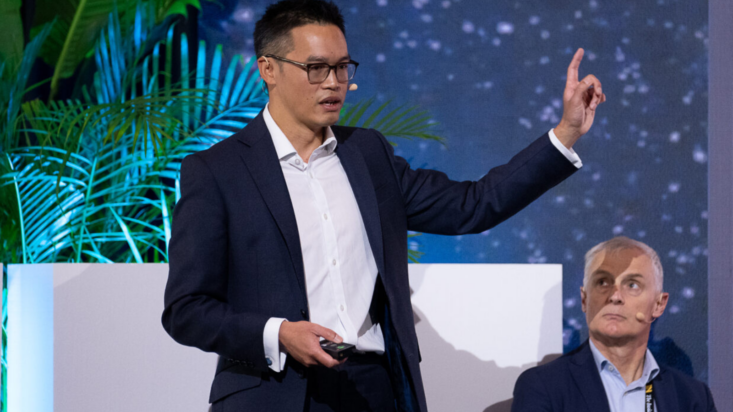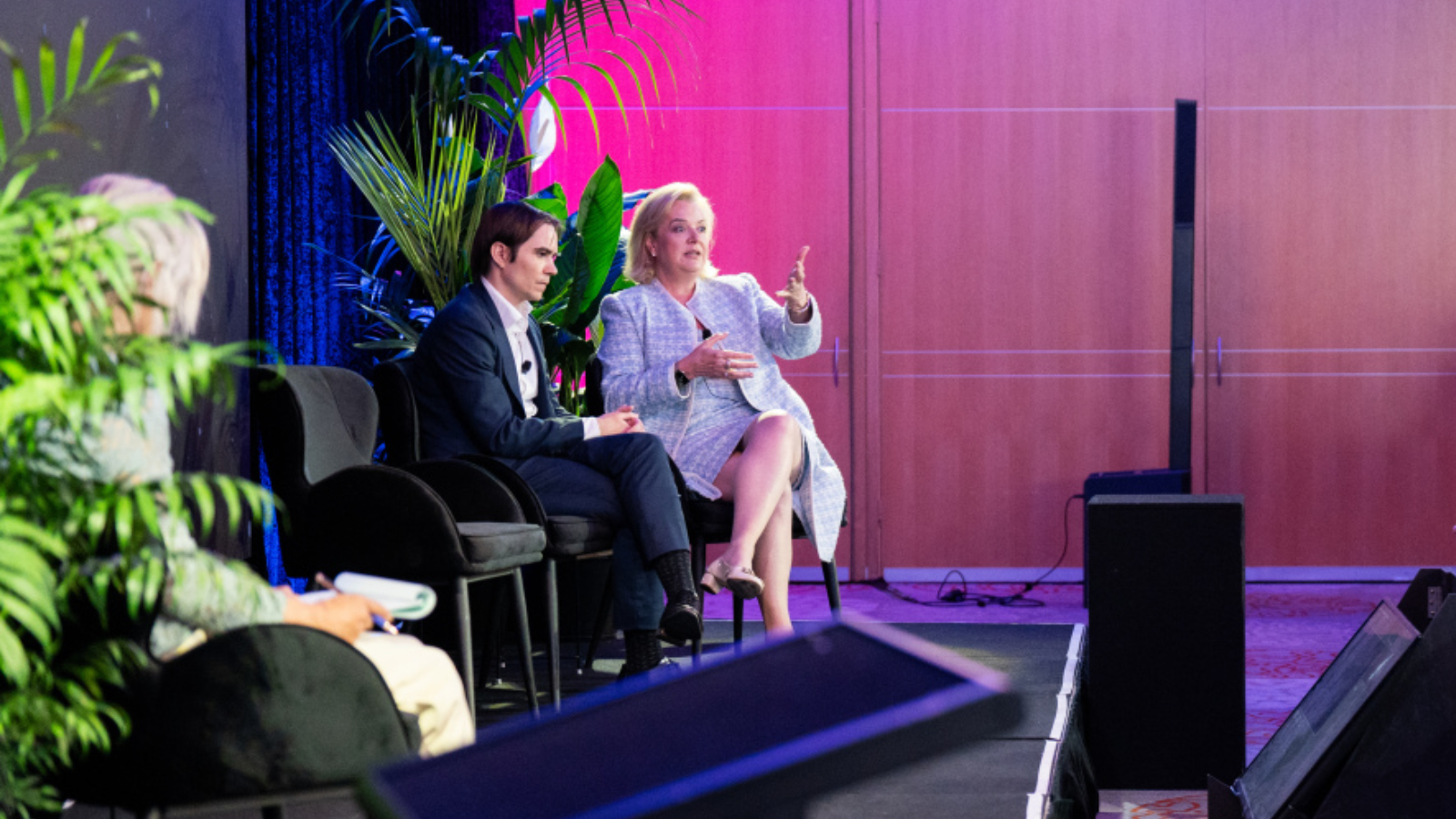Credit primes as a defensive stalwart in higher-for-longer environment
Credit’s prime spot in the capital structure positions it as the ideal salve to persistent market volatility, particularly in a higher-for-longer interest rate environment according to strategists at The Inside Network’s recent Income & Defensive Assets Symposium in Sydney.
As investors consider their capital allocations, they should think about credit and equity as two building blocks of a traditional portfolio, Harry Sugiarto (pictured), portfolio manager of multi-asset credit strategies at ICG, explained in a session on “Opportunities and risks in a world of sticky inflation”.
“Credit is defensive because of its senior position in the capital structure and the idea that value is destroyed from the bottom up,” Sugiarto said, noting that credit’s role as a defensive asset has evolved, particularly since the Global Financial Crisis (GFC). “That defensiveness prevails even today, given the change in equity-versus-credit contribution.”
Prior to the GFC, equity typically made up 30 to 35 per cent of the capital structure for leveraged buyouts in US and European markets, he explained. Post-GFC, equity now represents as much as 50 per cent of the capital structure, translating to better alignment between creditors and equity stakeholders.
Investors should think about these building blocks over the long term, Sugiarto said, with the key difference being that credit is a fixed-maturity investment with contractual payments, while equity is perpetual, and payment entirely discretionary, in the form of dividends. “In down markets, in bad economies, value is destroyed, and it’s destroyed from the bottom of the capital structure up,” he said.
For investors giving their credit allocations fresh consideration as markets await central banks’ next moves on interest rates, there are two “broad options,” Sugiarto said, adding that monitoring credit is time-intensive but “absolutely crucial in the current market environment”.
“If you think the company is worth less than your investment in the secondary market, you should be out there selling – let someone else take the risks, let someone else take the recovery; it’s going to be inferior,” he said. Or, if the investment appears to be “worth more than where it’s trading, maybe it’s an opportunity – maybe other investors don’t want to get their hands dirty, and we should be taking it.”
A valuable skillset, therefore, “is the ability and willingness to roll your sleeves up, be active and engage with the company when things go wrong,” he said.
“For us, this is an environment where you’ve got to be careful and defensive, but it’s also an environment that presents opportunities: the opportunity to add value and the opportunity to differentiate yourself.”
Savings exhaustion cliff
Discussing the outlook for Australian corporates, Paul Saliba, sector head, equities and fixed income at SQM Research, agreed with recent commentary that Australia is likely facing a COVID-19 savings exhaustion cliff that could have a major impact on retail sectors and beyond, saying “the question is how big a cliff it is”.
Higher interest rates are affecting consumption in Australia much more than in the US, largely because the US mortgage market is fixed at 30-year terms. In contrast, short-term fixed mortgages in Australia are still rolling off to floating rates and are set to hit nearly 6 per cent when the so-called fixed-rate cliff finally finishes unwinding next year.
“That’s a massive impact and a massive impost on our expenditure; that’s 30 per cent of the Australian property ownership market,” Saliba said. “To me, there must be an effect, particularly in Australia, in the shorter term around retail sales.
“I think we’re rolling into a very difficult period, and I find it hard to understand the soft-landing or no-landing arguments, to be honest. But if they’re so adamant that’s where we’re going, maybe that’s the reason we don’t go that way.”











